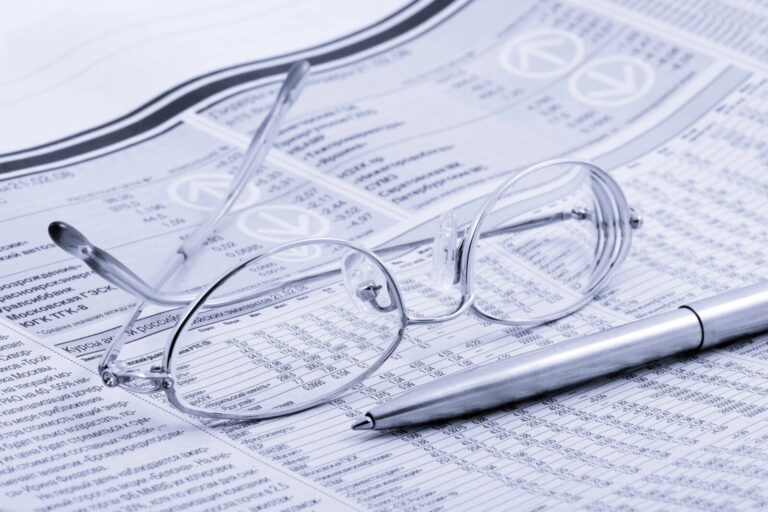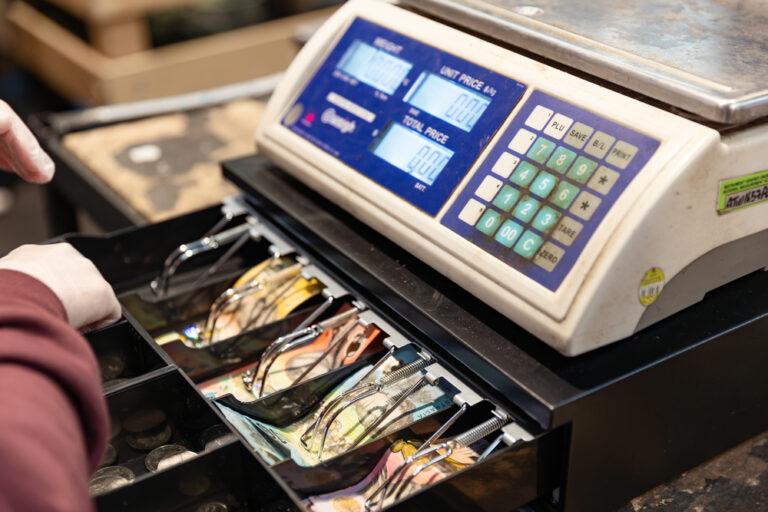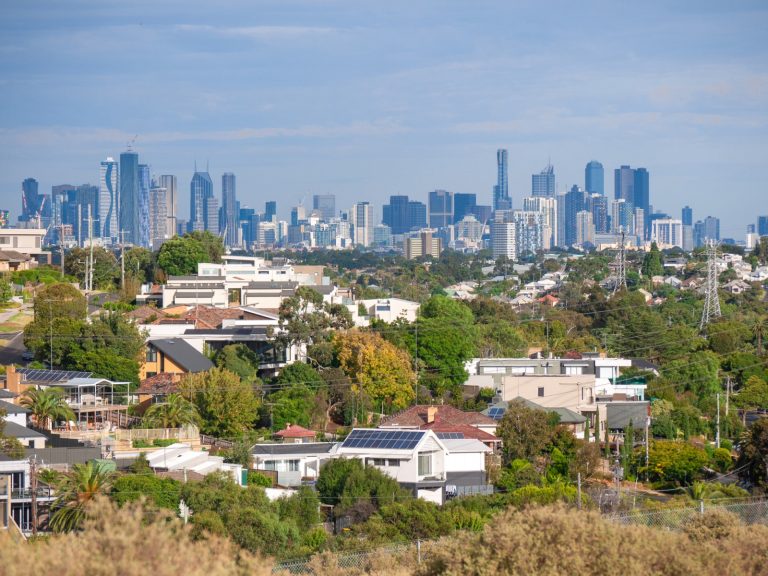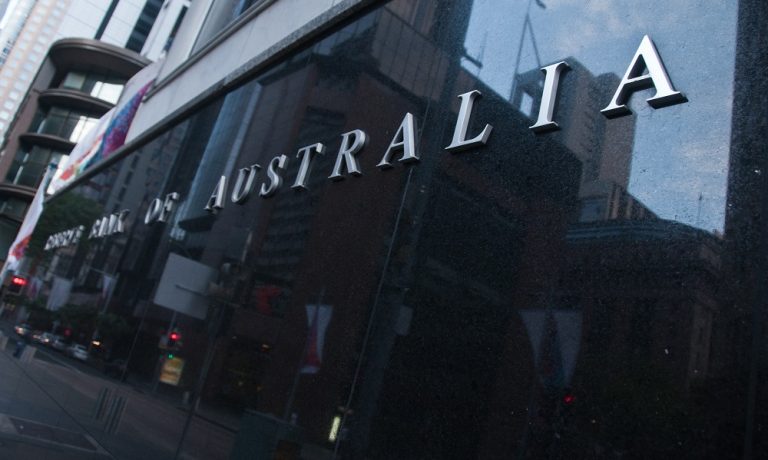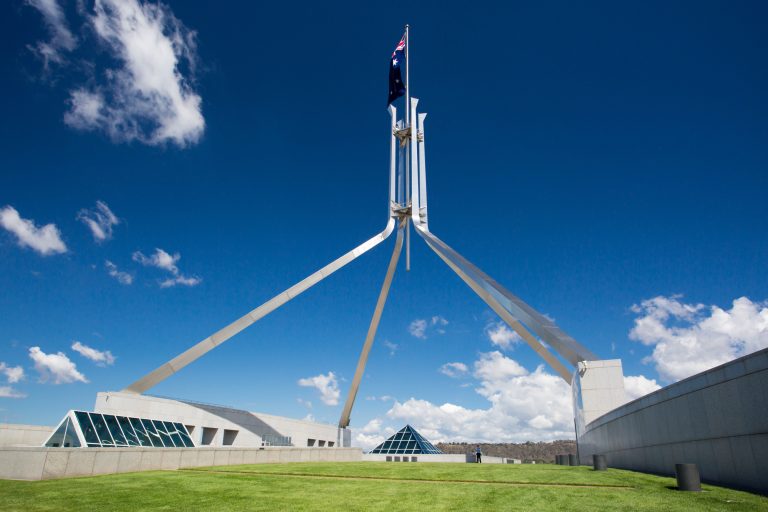Quarterly Economic Update: July-September 2024
The Australian economy is still growing, but things are moving slower than usual, and the Reserve Bank of Australia (RBA) is being cautious with any changes to interest rates. They’re waiting for inflation to settle before taking further action. GDP Growth: Slowly But Surely While the economy is growing, it’s not as fast as we might like. Over the June quarter, the economy expanded by just 0.2%, with a 1.5% growth over the financial year. While these numbers sound positive, when you factor in Australia’s growing population, the story changes. For the sixth quarter in a row, GDP per capita (which looks at economic growth per person) has actually fallen. This shows that while Australia as a whole is growing, individuals may not feel that impact, especially with rising costs of living. Interest Rates: Holding Steady In September, the RBA decided to keep interest rates on hold at 4.35%, with the next decision due in November. While the US recently cut rates, Australia hasn’t followed suit, and it’s unlikely we’ll see any rate cuts before Christmas. The RBA is holding off to ensure inflation is well under control, despite it being much lower than the peak in 2022. Inflation: Better But Still Stubborn Annual inflation hit 3.8% in the June quarter, slightly up from March. However, there’s good news: underlying inflation (which strips out the more volatile price changes) has been falling for six straight quarters, down from its peak of 6.8% in late 2022. That said, prices for everyday goods remain high, and the overall cost of living is still squeezing households. Households Are Tightening Their Belts With cost-of-living pressures building, many Australians are cutting back on things like travel and entertainment. Even grocery spending is down, with households trimming their food budgets by 1%. However, spending on household goods, like furniture and appliances, increased by 4%, which propped up discretionary spending overall. Housing Market: Prices Still Going Up The property market remains strong, with housing values continuing to rise across Australia, although at a slower pace than before. CoreLogic reports that the national Home Value Index rose by 0.5% in August and a further 0.4% in September. Despite the cost of living, demand for property remains high, which is keeping prices elevated. Jobs Market: Still Tight, But Productivity Is Falling Australia’s unemployment rate remains low, sitting at 4.1% as of June, which is historically strong. However, total hours worked rose only slightly, and productivity—measured by GDP per hour worked—fell by 0.8%. While jobs remain secure for many Australians, people are working more for less output, and this could become a concern for long-term economic stability. Global Outlook: Uncertainty Ahead Globally, central banks are starting to look at easing monetary policies, but it’s still unclear how much they’ll ease up. Ongoing conflicts in the Middle East, Ukraine, and northern Africa are causing further instability. Meanwhile, Asia’s economy, a key trading partner for Australia, is expected to slow in 2024, which could have a knock-on effect on our own economic growth. What It All Means for You For everyday Australians, the combination of high interest rates, sticky inflation, and rising living costs means it’s more important than ever to manage your finances carefully. Mortgage holders won’t see relief from rate cuts soon, and households should continue to be mindful of their budgets, especially with the cost of essentials like groceries and petrol still fluctuating. If you’re feeling the pinch, now is a good time to seek professional advice and ensure you have a financial plan in place that helps you navigate these uncertain times. The information provided in this article is general in nature only and does not constitute personal financial advice.
